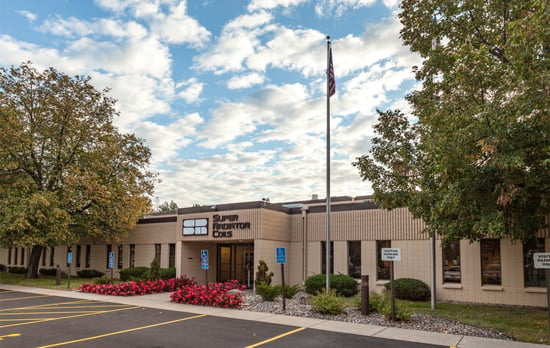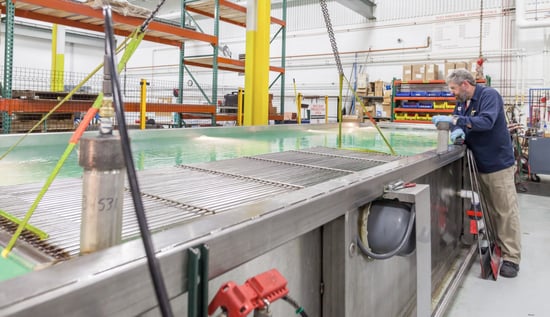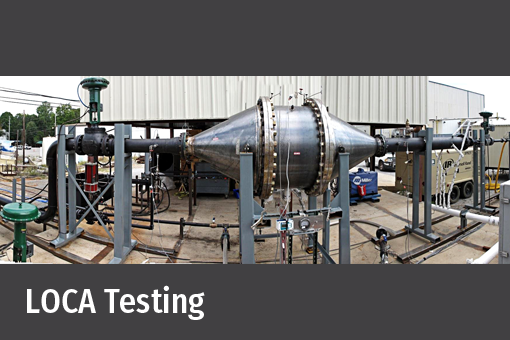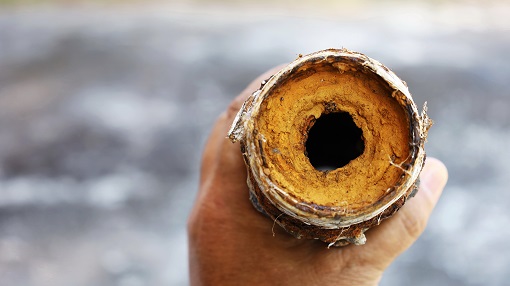4 Kinds of Tube-Side Coil Fouling & How to Prevent Them
When designing a heat exchanger, an engineer should not only consider thermal performance, but also external influences that can negatively impact thermal performance, such as fouling. Learn More









